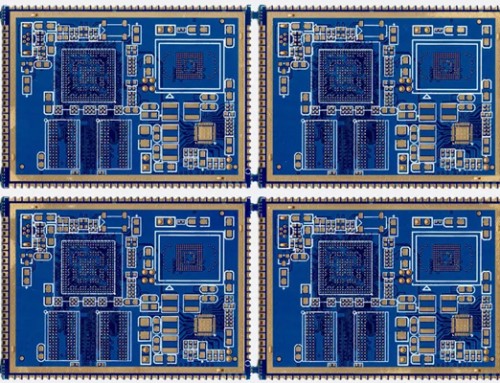Surface Mount Technology (SMT) has become an integral part of the electronics manufacturing industry due to its advanced assembly techniques. The selection of package types in SMT processing is crucial as it directly impacts the performance and reliability of electronic products. This article will discuss several common package types and the precautions associated with them.
1 Common Package Types
QFP (Quad Flat Package)
QFP is a widely used surface mount package with pins distributed on all four sides. It is known for its small size, light weight, and good electrical performance, making it suitable for high-speed and high-frequency circuits. Common variations of QFP include PQFP and TQFP.
SOP (Small Outline Package)
SOP is a miniaturized package with pins on two sides. It is characterized by its compact size and high mounting density, making it popular in various electronic devices. Variants of SOP include SOJ, SSOP, and TSOP.
BGA (Ball Grid Array)
BGA is a bottom leaded array package with solder balls arranged in a grid on the bottom of the package. It offers higher mounting density, better thermal performance, and lower signal interference, making it ideal for high-performance electronic products. Common types of BGA include PBGA, CBGA, and TBGA.
CSP (Chip Scale Package)
CSP is the smallest form of package, with a size almost equal to the chip itself. It offers the highest mounting density and is used in portable electronic products. Common types of CSP include WLCSP and FCCSP.
2 Precautions for Package Types
Welding Temperature Control
Different package types require different welding temperatures. During SMT processing, it is necessary to adjust the welding temperature according to the specific package type to ensure welding quality. For example, BGA packages generally require higher welding temperatures than QFP packages.
Welding Time Control
Both excessive and insufficient welding time can affect the quality of the weld. During SMT processing, the welding time should be adjusted according to the specific package type and pad design.
Prevention of Cold and False Soldering
Cold and false soldering are common issues in SMT processing. To prevent these issues, it is essential to ensure the quality of solder paste, the precision of printing, the accuracy of component placement, and the rationality of the reflow soldering temperature profile.
Heat Dissipation
Some package types (such as BGA) can generate significant heat during welding, which may lead to solder joint detachment or component damage. Therefore, appropriate heat dissipation measures, such as using heat sinks or adjusting the welding sequence, should be taken during SMT processing.
Prevention of Component Shift
Components may shift due to placement, transfer, and other factors during SMT processing. To prevent component shift, the following measures can be taken: improving placement accuracy, optimizing transfer speed, and reasonably setting the curing time.
Inspection and Quality Control
After welding, the circuit boards should undergo functional inspections such as visual inspection and electrical testing to ensure product quality.
In conclusion, choosing the appropriate package type and paying attention to related precautions during SMT processing can enhance the quality and reliability of electronic products. As electronic technology continues to evolve, SMT processing techniques will also be optimized, contributing to the development of the electronics manufacturing industry.


